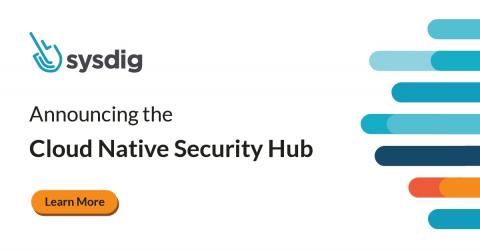Considerations for taking the CompTIA Security+ exam
I recently took – and passed – the CompTIA Security+ exam (Sec+). Sec+ is a general introduction to multiple functional areas of security, ranging from network security to access control and identity management, for anyone looking to break into the space. For context, I have no previous training as a network or security professional, and my educational background was finance and Russian, nothing related to security.








